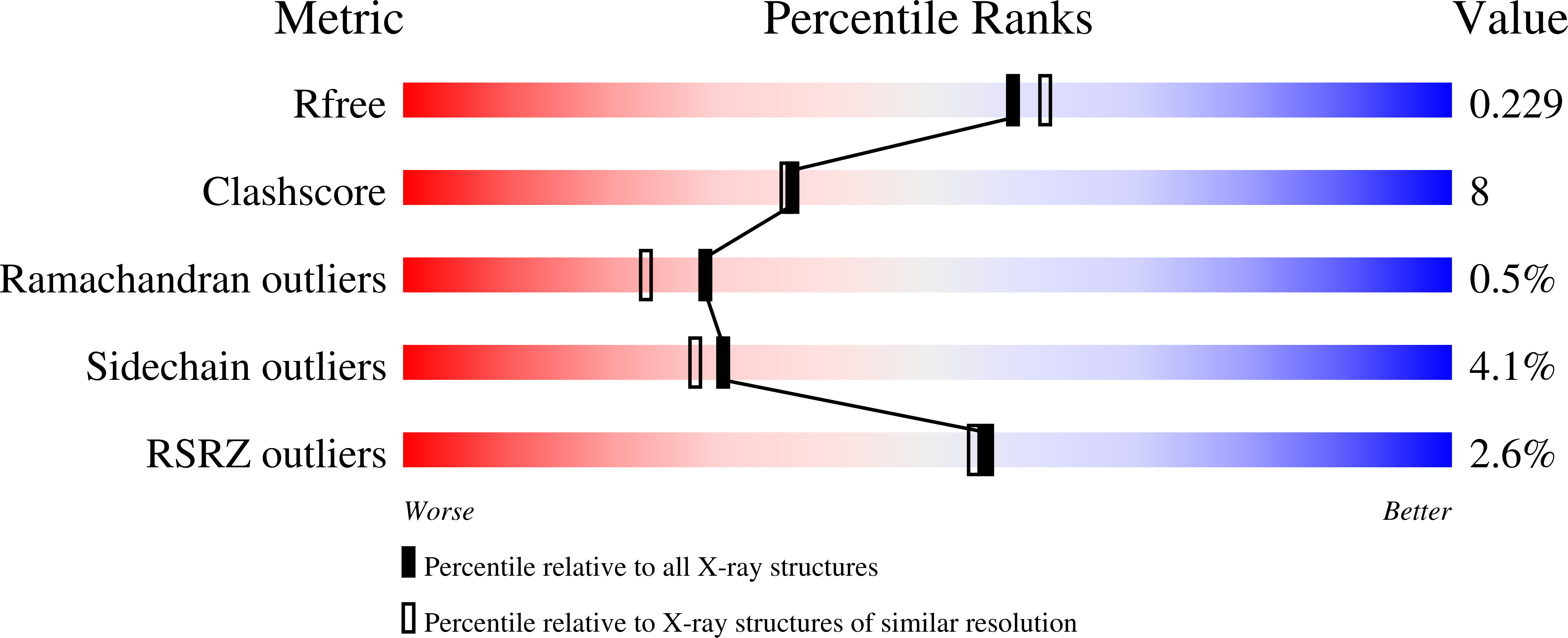
Deposition Date
2008-08-15
Release Date
2008-09-30
Last Version Date
2024-02-21
Entry Detail
Biological Source:
Source Organism:
Desulfitobacterium hafniense (Taxon ID: 272564)
Host Organism:
Method Details:
Experimental Method:
Resolution:
2.01 Å
R-Value Free:
0.23
R-Value Work:
0.18
R-Value Observed:
0.19
Space Group:
P 21 21 21


